Chang-e 5 results coincide with the International Observe the Moon Night
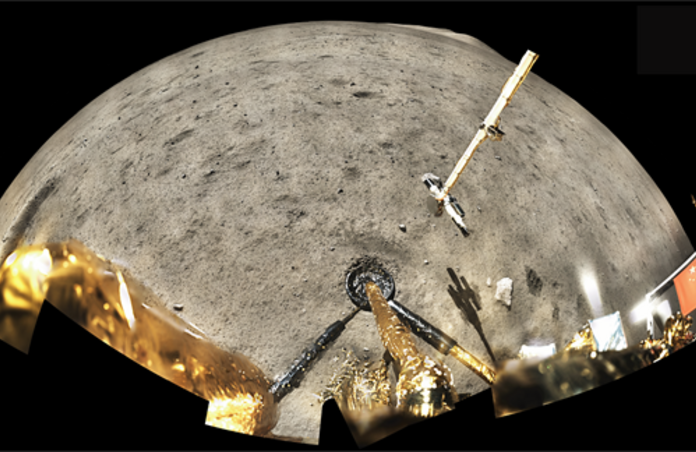
After less than a year of investigating the lunar surface, the Chinese probe Chang-e 5 already contributed to an extraordinary find: it sampled the youngest lunar rocks ever.
Its landing site, on Oceanus Procellarum, had been carefully chosen as it is known to present much less craters than the average lunar surface. This suggests that lava floods happened relatively recently (in astronomical terms, this still means hundreds of millions of years), hence one of Chang-e 5’s mission objectives is to precisely date the volcanic rocks it would encounter. More precisely, within 48 hours of arrival, the probe collected 1.7 kg of rocks and sent them back to Earth for laboratory studies at the Beijing Sensitive High-Resolution Ion MicroProbe (SHRIMP) Centre, a world-class facility for the required chemical analyses.
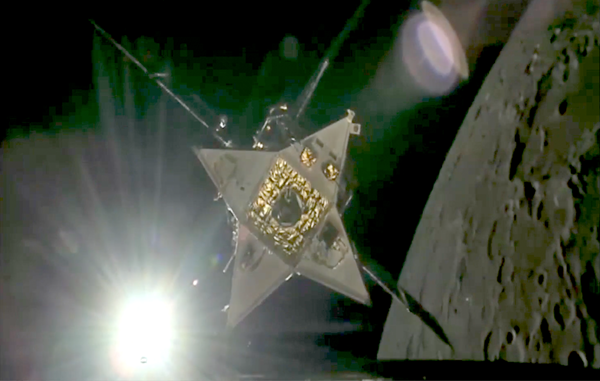
Samples returned by the manned Apollo missions and the Soviet robotic Luna missions typically indicate that volcanic activity stopped around 3 billion years ago. Now, examinations of the Chang-e 5 samples demonstrate that volcanoes were still erupting 2 billion years ago. This is not surprising considering the aforementioned observation regarding craters, yet it challenges astronomers’ conception of volcanism in young celestial bodies. In our current understanding, it’s radioactive elements like Uranium and Thorium, which are present during the planetary and lunar formation stages and become concentrated in the body’s interior, that decay, producing enough heat to keep the mantle molten – which in turn means volcanism can occur.
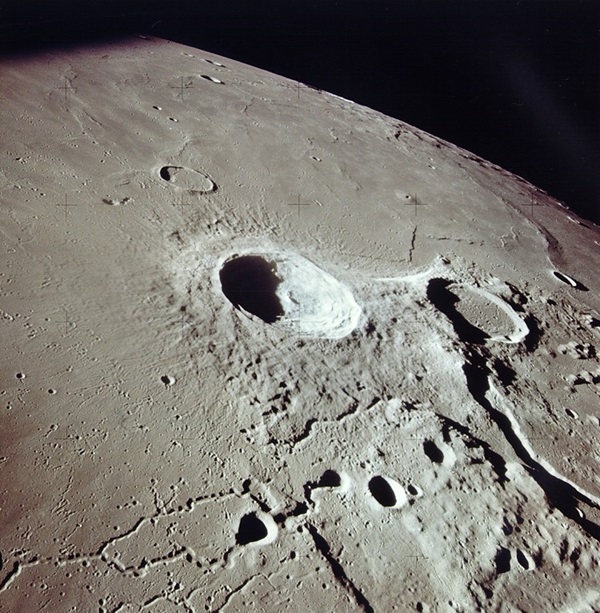
A simple explanation could be that magma was present for longer because more radioactive isotopes were “built into” the Moon than suggested by current models. However, the researchers found no reason to believe that the Chinese rover’s samples originally contained more of these elements than the rocks brought back by Apollo or Luna. Another hypothesis is that since at the time of last volcanism, the Moon orbited the Earth at a closer distance, the tidal forces from Earth’s gravity could pull on and distort our satellite, effectively causing it to remain warm enough for liquid/viscous magma – this is known as tidal heating. Further work on the samples is necessary to confirm or disprove this idea, but the interest in the Moon certainly has been revived and many space agencies have plans to bring back samples of their own.
One of these projects is NASA’s return to the Moon via a manned mission part of the Artemis programme. The exciting news here is not about Artemis specifically though, it is about a crater located just between two potential landing sites for the Artemis mission: the International Astronomical Union has baptized it “Henson crater” (it was previously unnamed as it was considered insignificant). Ironically, Matthew Henson was an Arctic explorer who worked with the Peary to be the first humans to stand on the Earth’s North Pole, yet the Henson crater can be found near the Moon’s South Pole.
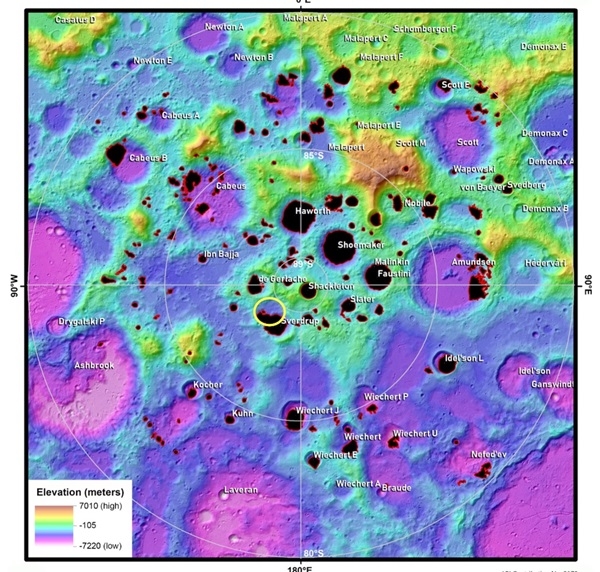
Maybe you will be able to spot this crater as you join the International Observe the Moon Night this Saturday, October 16th. NASA has compiled a list of in person and virtual events hosted by professional and amateur societies in every corner of the world! Notably, the Royal Astronomical Society and UK Space Agency are participating with an event including remote telescope observation from Cyprus and guest speakers, between 7 and 8.30 pm BST. Added to the in person events and live streams, NASA also suggests other ways to celebrate, from 3D print models and seeing the Moon through the eyes of a spacecraft to Moon art and music.
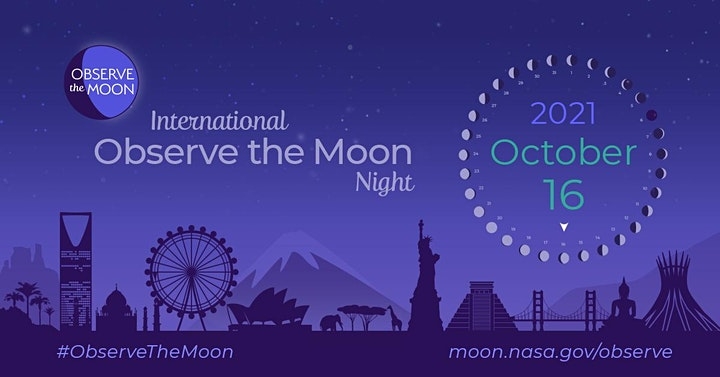
We have been fascinated by our closest celestial neighbour since the dawn of times, and every time we look at it (or send a probe), we discover something new.
Cover Image: Chang-e 5 after landing, CNSA Lunar Exploration and Space Engineering Center
Image Credits:
1 - Ascent stage, CNSA Lunar Exploration and Space Engineering Center
2 - Aristarchus Crater, NASA
3 - Topographical map of Lunar South Pole, NASA/LPI
4 - International Observation the Moon Night poster, NASA
